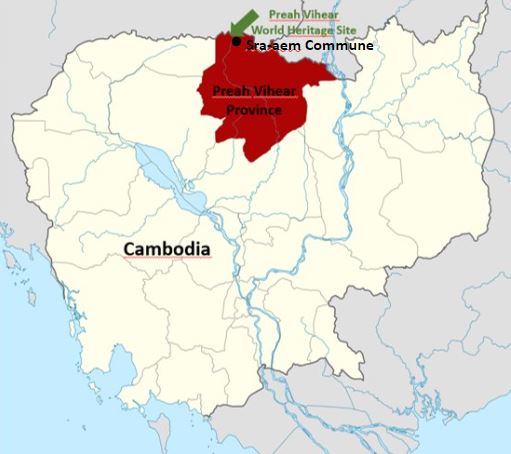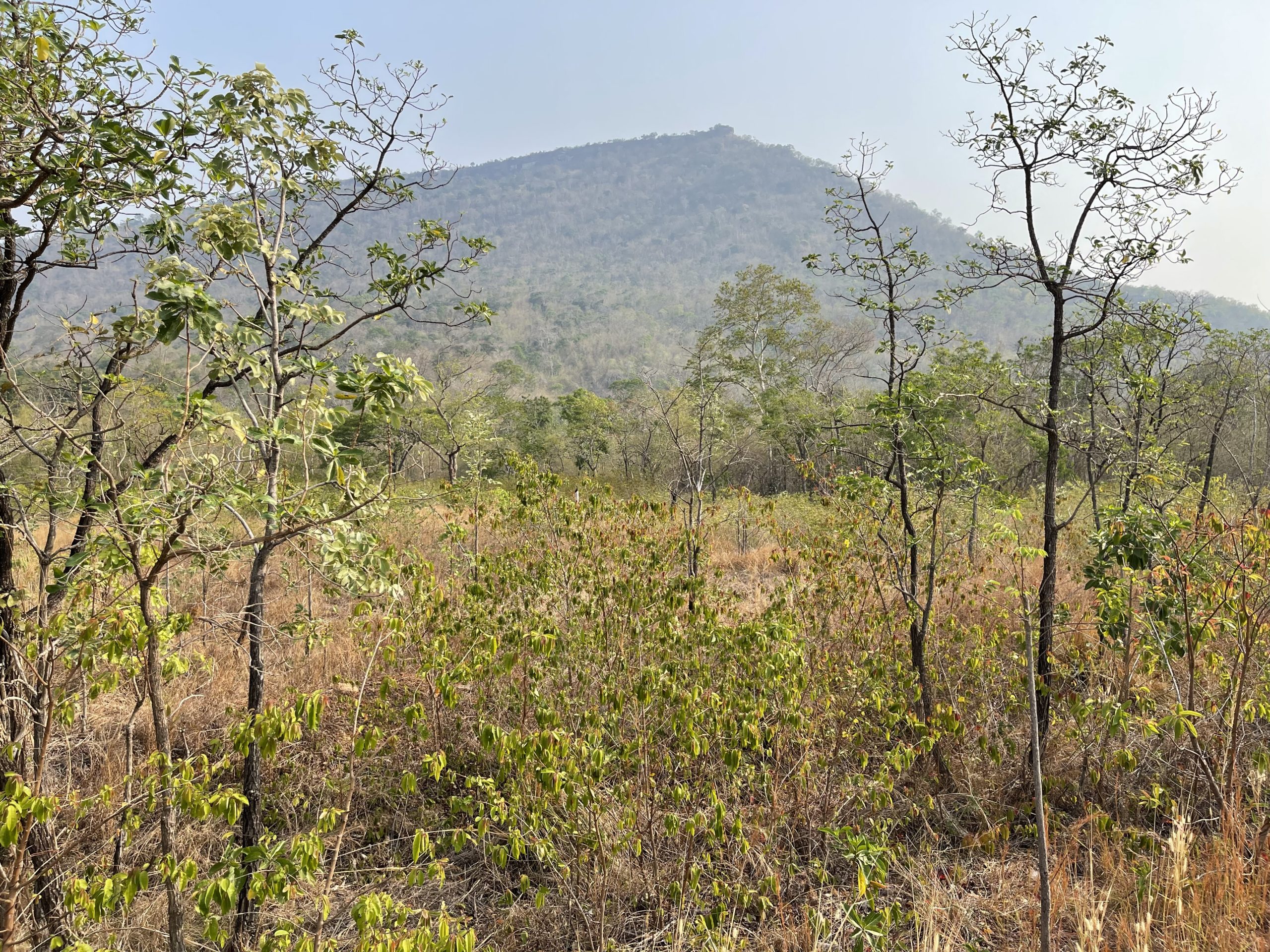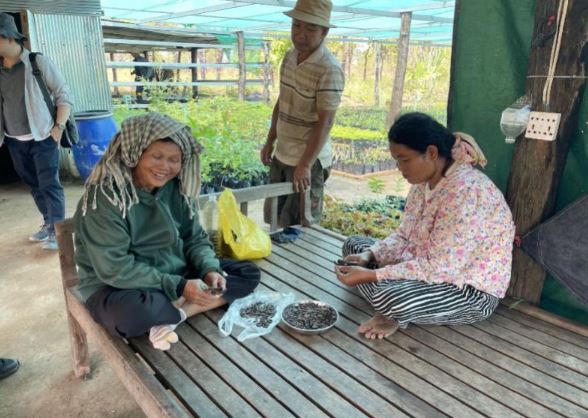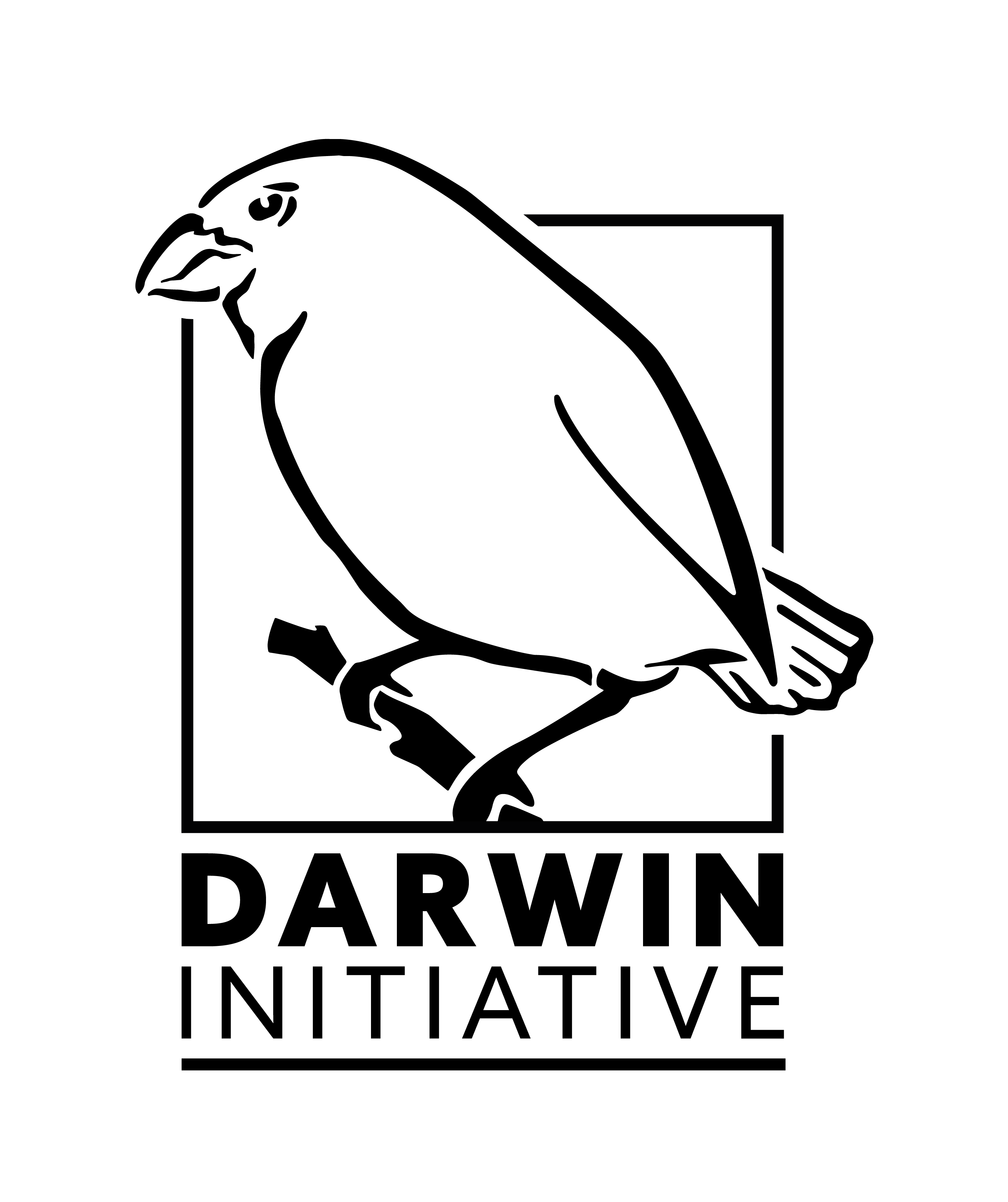Farms & Forests, Cambodia

-
Status of project
Completed -
Region
Asia -
Country
Cambodia -
Programme
BGCI -
Workstream
Addressing Global Challenges -
Topic
Plant Conservation
Farms and Forests: Boosting biodiversity and livelihoods in Northern Cambodia
Project: Completed 2023
Funded by: Darwin Initiative
Project Partner(s): The National Authority of Preah Vihear, Sra’aem Commune Council, Choam Ksant District, The International Center for Research in Agroforestry (ICRAF World Agroforestry)
During the year, the Darwin Initiative-funded project Farms and Forests: Boosting biodiversity and livelihoods in Northern Cambodia, was successfully completed after nearly three years of implementation.

Located in Preah Vihear Province, the Preah Vihear World Heritage Site is an area of exceptional natural and cultural significance. The site includes deciduous and semi-evergreen dry forest unique to northern Cambodia, hosting more than 400 native plant species. It is also the location of the ancient Preah Vihear temple which, together with its surrounding landscape, was inscribed on UNESCO’s World Heritage List in 2008. Degradation of dry forest in Cambodia has intensified over the last decade due to expanding population, wild species collection and agriculture. As a result, various dry forest flagship tree taxa have become rare and are threatened including rosewoods, legumes and dipterocarps such as such as the Endangered Afzelia xylocarpa, Dalbergia oliveri, Pterocarpus macrocarpus, Dipterocarpus intricatus and Hopea ferrea.

Project Goals
To address forest degradation, biodiversity loss and food insecurity, this project engaged four communities in the Sra-aem Commune through diversification of home garden, agroforestry farming and forest restoration practices. In parallel with a series of training activities to enhance knowledge and technical capacity in these areas, mechanisms for linking forest recovery and care with employment opportunities were identified and developed, which are generating new income and contribute to better protection of the forest in the long-term by reducing reliance on wild forest resources and unsustainable exploitation practices.

Key Achievements
Whilst the project has made a major impact in the area and beyond, some of the practical achievements include:
- Two nurseries established, with a total holding capacity of some 60,000 seedlings;
- 35,600 seedlings relating to 28 species generated, contributing also to new horticultural knowledge of species which had never been brought into scalable propagation before;
- 245 local community representatives (56% women) participating in a series of training courses on agroforestry, fruit tree cultivation techniques, and farm business development;
- 200 out of 221 of surveyed households (some 90%) in the four project villages cultivating at least one newly introduced high-value crop introduced such as pea eggplant, chilli, galangal and ginger, and 117 out of 200 households (some 60%) reporting an increase in income from the crops;
- Over 24,800 seedlings relating to 33 tree species planted for forest recovery over 48 hectares and protected through forest firebreaks, including threatened trees such as Dalbergia cochinchinensis, D. oliveri, Pterocarpus macrocarpus, Afzelia xylocarpa and Dipterocarpus alatus;
- 25 community members (18 women) employed in forest restoration activities;
- Practical Forest Restoration Plan and Public Outreach roadmap developed and implemented drawing on the project experiences; and
- Continuing, lively social media interactions among local community members enthused by the experiences made in the project.

Generously funded by the UK government’s Darwin Initiative, the technical implementation partners included the National Authority of Preah Vihear, Sra’aem Commune Council, Choam Ksant District, the International Center for Research in Agroforestry (ICRAF) (World Agroforestry) and BGCI.


